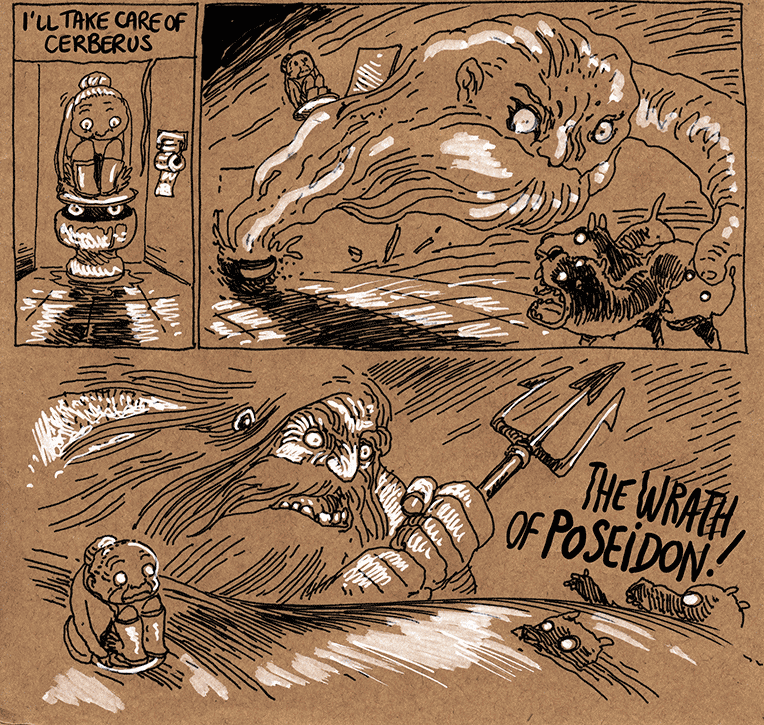
In case you missed it, we had a celebration of comics around the world on Friday with Beat staffers posting their thoughts on all kinds of comics, from manga to webcomics to British comics creators. Because it was a busy holiday, here’s a list of all of the posts.
Run Freak Run (Berlin, Germany) by Victor Van Scoit, with an interview with the creators.
Fabien Vehlmann, the Alan Moore of France by Heidi MacDonald
A survey of the German comics scene by Torsten Adair
Britain and Sandman Overture by Nick Eskey
The Bangalore Comic Con is underway by Heidi MacDonald
The New Asterix Album Is Announced! by Torsten Adair
Japan and Solanin by Lindsey Morris
Meet Boulet, Master of Visualizing Emotion (France) by Alexander Lu
Pablo Makes an Icon Human (France) by Matthew Jent
Kaoru Mori’s A Bride’s Story by Zachary Clemente
A lot of great comics to explore here, so enjoy! And big thanks to the Beat writers for making it happen!
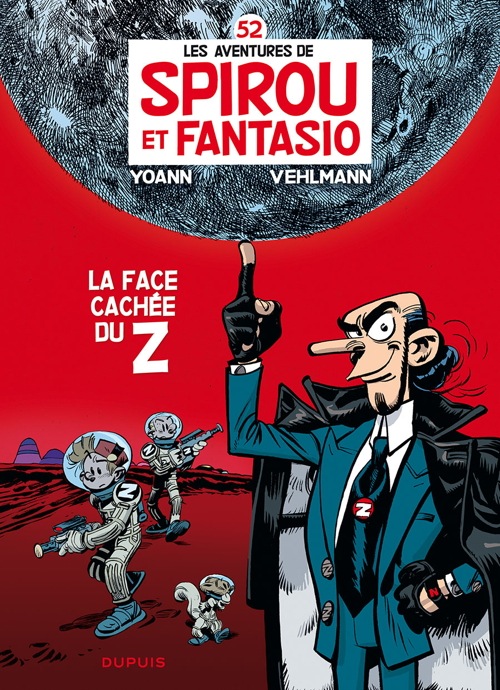
I’m sorry to use a cheapo comparison like “Alan Moore of France” but time is short and I had to get my point across quickly! In France Fabien Vehlmann is actually known as the “Goscinny of the 21st Century”—a reference to Rene Goscinny, the writer of Asterix—so either way, he’s had some very flattering comparisons.
In the US the “writer/artist” system is accepted at the Big Two, giving rise to many very well known and even beloved authors such as, yes, Alan Moore, Neil Gaiman, Grant Morrison, and even a few Americans such as Kelly Sue DeConnick, Brian Bendis and so on. It’s relatively rare for a comics writer from another country to get much attention here in the US market, perhaps because translated comics by single artists have a stronger, more easily recognized esthetic. Indeed, the only manga writer with a reputation in the US who springs immediately to mind is Kazuo Koike, co-creator of Lone Wolf and Cub, Samurai Executioner, and Crying Freeman, a body of work that would place him pretty highly among any list of comics writers.
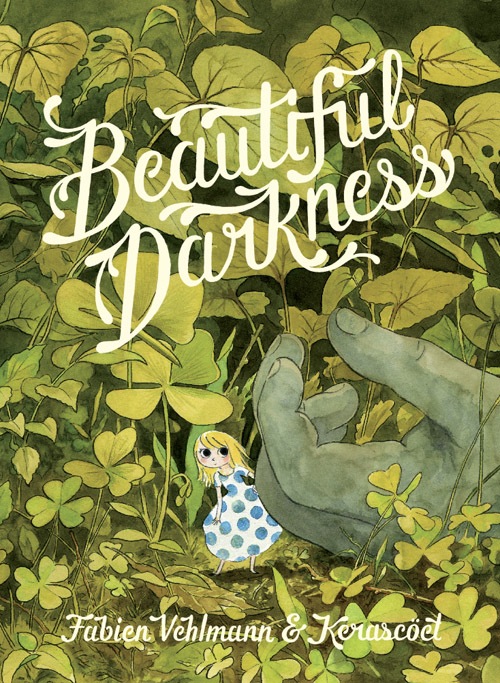
While there are tons of writers/scenarists in the Franco-Belgian comics industry, it’s safe to say that few of them have a following here. The one exception may be Fabien Vehlmann, a prolific writer who is known as one of the most successful BD writers in France. Vehlmann’s name became much better known in the US last year as the writer on the sensation Beautiful Darkness, which landed on bestseller lists and best of lists with equal frequency in 2014. Ironically, this book—a Lord of the Flies like social satire involving cute fairies who do horrible things to survive—may be one of the books where Vehlmann’s imprimatur is least felt: the story is by Marie Pommepuy, one half of the Kerascoët art duo that gave the book its unforgettable images. But as he explained in this interview, Vehlmann co-wrote the story, and developed many of its themes of nihilism and survival.
In France, Vehlmann’s best known gig is as writer of Spirou and Fantasio, which is sort of like taking over writing Calvin and Hobbes here if that strip had run since 1938 and Bill Watterson was just the guy who turned in the greatest stories ever on a long running character. Spirou is a bumbling bellhop, best known in the version by the great Franquin, but he eventually developed into a globetrotting, adventurous reporter (ala Brenda Starr) along with his buddy Fantasio. The strip remains very popular in France, and has been published here by Cinebook, but in the Franquin version.
Cinebook has also published “Alone” (Seuls) with art by Bruno Gazotti, a YA book about five kids who find themselves in an empty city and must find each other to survive. Sadly I haven’t read any of the Cinebooks editions of Vehlmann’s work, but they’re on my must find list.
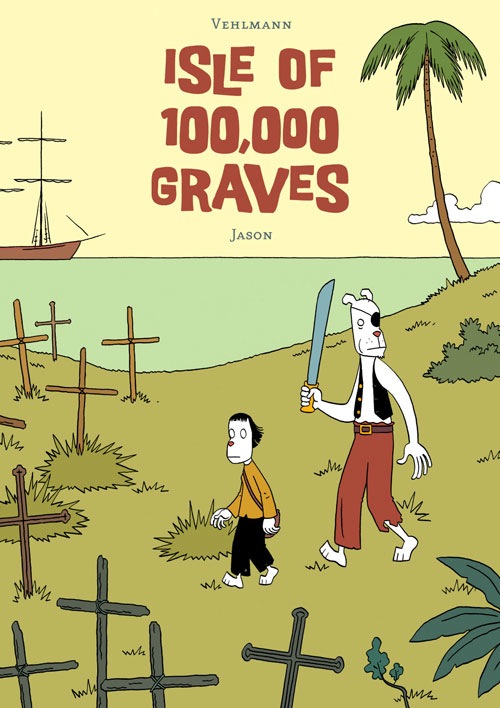
Prior to Beautiful Darkness, Vehlmann’s best known English language book was probably Isle of 100,000 Graves, drawn by the great Norwegian cartoonist Jason. It’s the story of a girl named Gemmy who is determined to follow a map to the dreadful island where her father died—and maybe find a legendary treasure. After she teams up with a gang of disreputable pirates, adventure and mayhem ensue. While the book has the drollery and fatalism of Jason’s other work, Vehlmann contributes what might be considered a more rollicking note to the proceedings, as the island turns out to be a training ground for young assassins. Recommended!
The book that really put Vehlmann on my radar was Last Days of an Immortal , with art by Gwen de Bonneval, published here by Archaia. It’s an amazing pastiche on 50s science fiction that dwells on immortality, genetic engineering and the search for human perfection, drawn in an art style that mimics everything from Boris Artzybasheff to Kelly Freas. The story is equally evocative, following Elijah, a policeman in a future society where no one dies and crime is dealt with in a completely rational manner. Elijah has to deal with a long ago murder while pondering his own world weariness. It’s a multi-layered meditation on the meaning of life with a puzzling mystery at its core.
, with art by Gwen de Bonneval, published here by Archaia. It’s an amazing pastiche on 50s science fiction that dwells on immortality, genetic engineering and the search for human perfection, drawn in an art style that mimics everything from Boris Artzybasheff to Kelly Freas. The story is equally evocative, following Elijah, a policeman in a future society where no one dies and crime is dealt with in a completely rational manner. Elijah has to deal with a long ago murder while pondering his own world weariness. It’s a multi-layered meditation on the meaning of life with a puzzling mystery at its core.
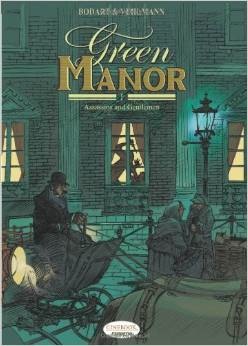
Two other Vehlmann series are available in English, Green Manor (Cinebooks), a Victorian mystery series, and 7 Psychopaths (Boom!) with art by Sean Phillips, about an elite team that is brought together to kill Hitler. As you can tell, high concepts are a Vehlmann specialty.
(Cinebooks), a Victorian mystery series, and 7 Psychopaths (Boom!) with art by Sean Phillips, about an elite team that is brought together to kill Hitler. As you can tell, high concepts are a Vehlmann specialty.
For further reading, you MUST READ this introduction to Vehlmann by Zainab Akhtar who has actually read all of his English language books and does a much better job of describing his work than I could ever do:
I’ve chosen to start with French comics writer Fabien Vehlmann. Vehlmann, who got his big break in comics when he was hired as a writer for Spirou magazine in 1997- and hasn’t really looked back since, is an author whose work I think about quite often; I find him similar to Naoki Urasawa in that he’s able to write very different stories that jump from genre to genre and beyond, in an eminently engaging manner. Unlike Urasawa who illustrates his own work, Vehlmann either stands out or flies under the radar -depending on your perspective- because he collaborates with a variety of exceptionally good illustrators; there are no distinct running themes in his work, and because it looks so different each time, with a lot of the tone and feel provided by the artists, it can be easy to overlook who it’s written by. I admire that he wants to tell a range of diverse stories: sci-fi, Victorian murder mysteries, pirate tales, apocalyptic children’s bildungsromans- even as perhaps the comics scene in France facilitates that to a greater degree, and he appears to be someone who truly thrives on collaboration. There are writers who stick to what they’re good at, and those who write the same book over and over, but Vehlmann seems committed to simply writing strong and interesting stories.
There’s also his infrequently updated blog, with links to his numerous works in French (and the sad news that a second collaboration with Kerascoet didn’t even get a second volume published because it sold poorly.). And along with Gwen de Bonneval, Brüno, Cyril Pedrosa and Hervé Tanquerelle, Vehlmann puts out Professeur Cyclope, a digital comics magazine that plays with storytelling possibilities.
I don’t suppose you need me to tell you again how great Beautiful Darkness is, but just in case, here’s John Seven’s review and Zainab Akhtar’s in-depth analysis of the book.
As Zainab suggests, the thing that attracts me to Vehlmann’s work is similar to what I like in Urasawa’s work: genre elements of suspense and mystery but coupled with great intelligence and relentless storytelling drive. Vehlmann is a great storyteller, first and foremost, with themes that are fully realized right to their devastating conclusions.
I’ll leave you with some preview pages from Last Days of an Immortal. Enjoy!
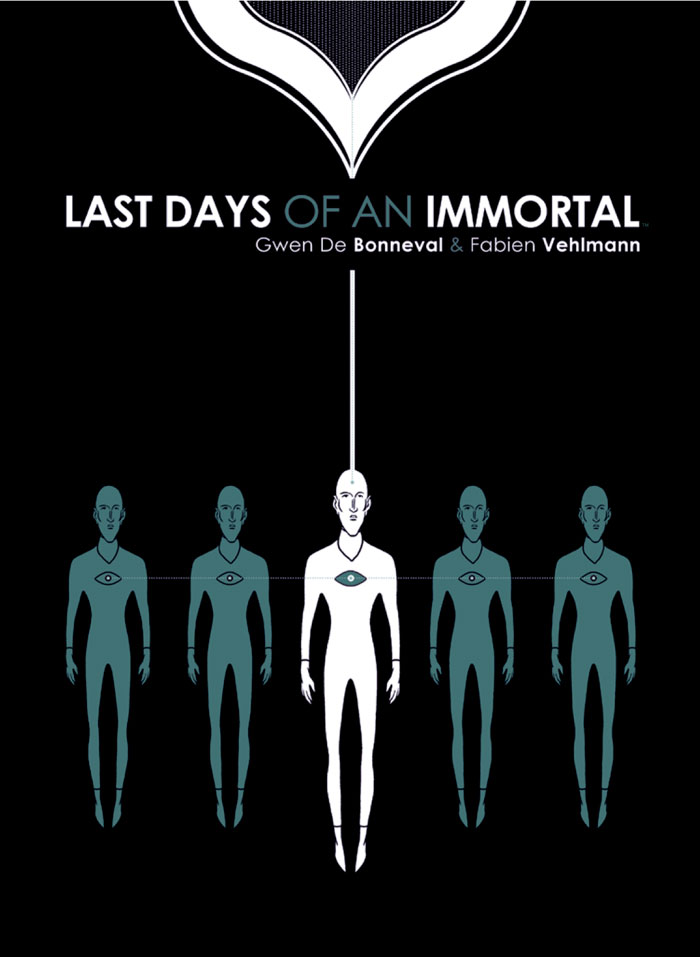
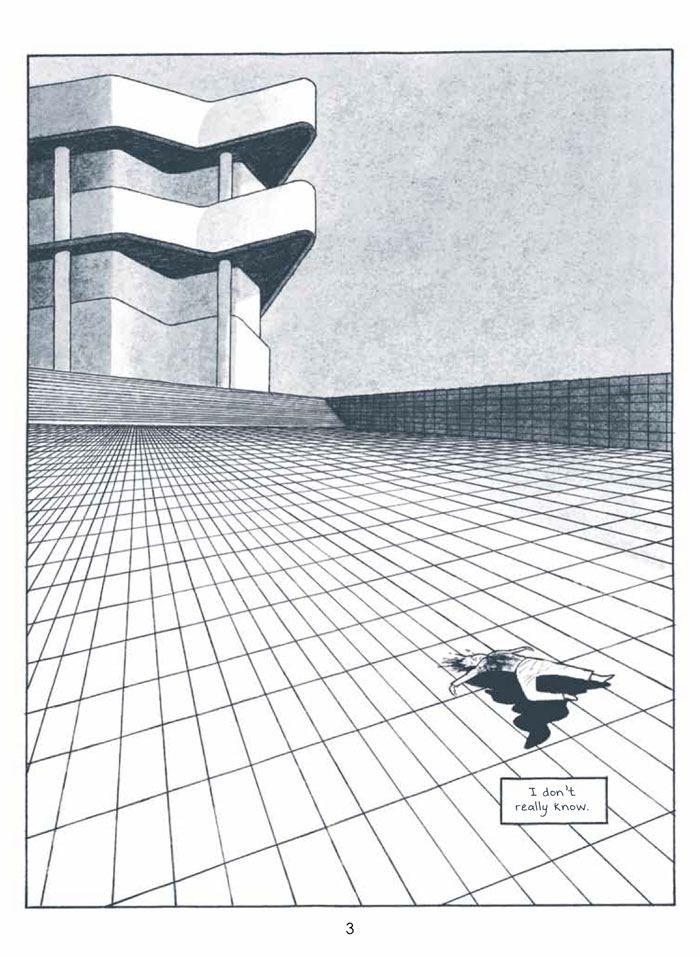
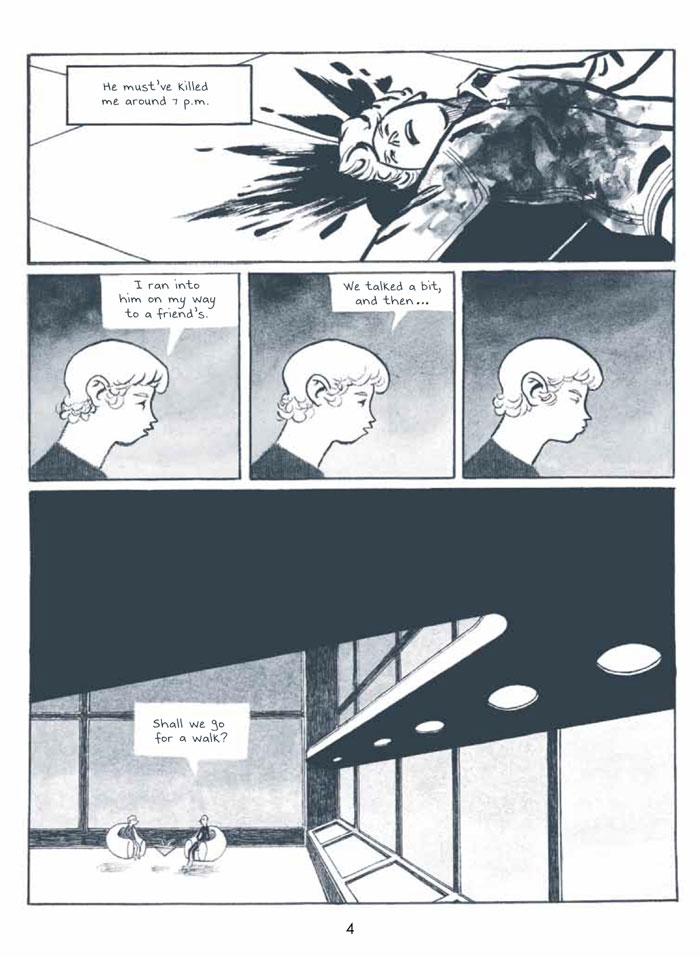
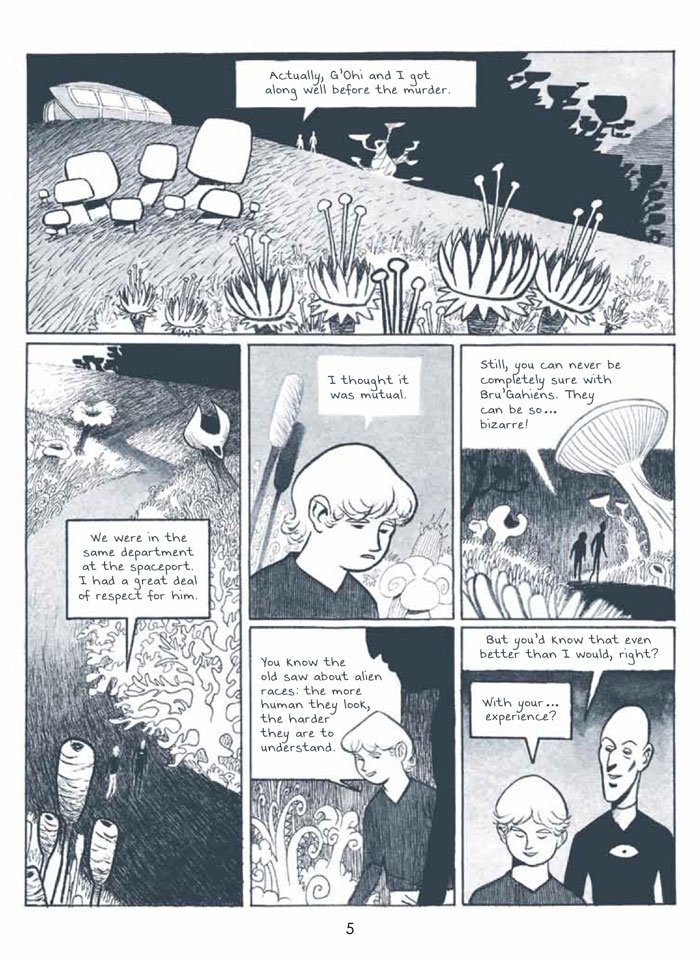
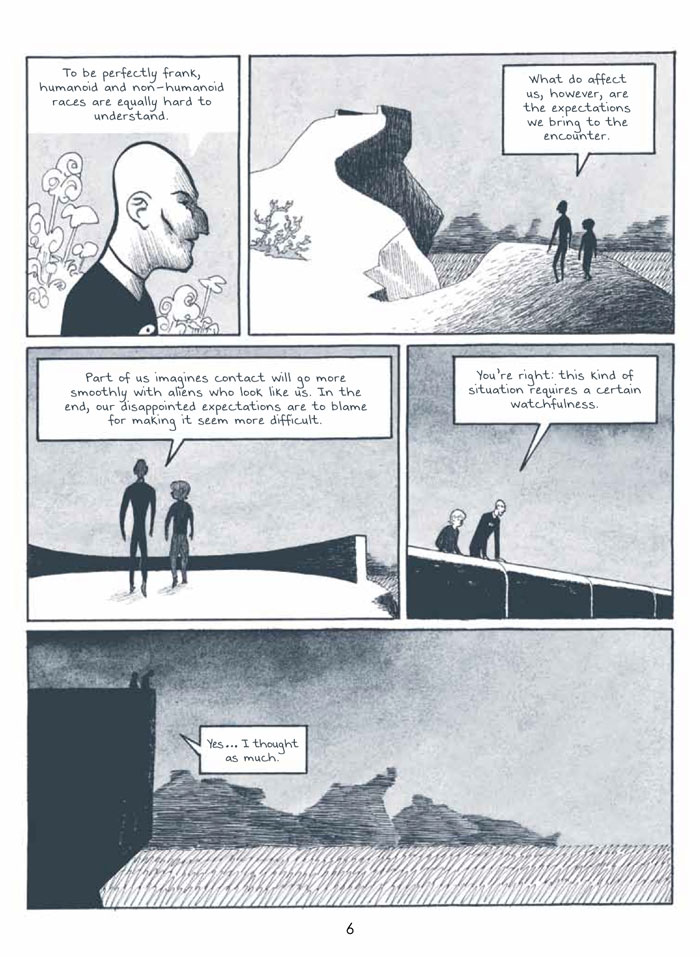
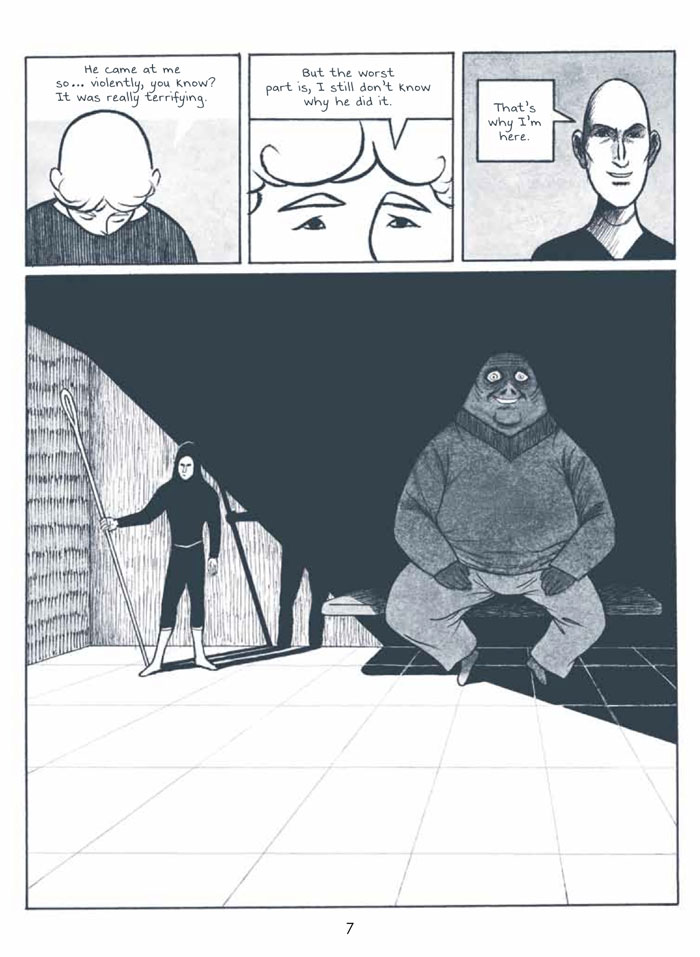
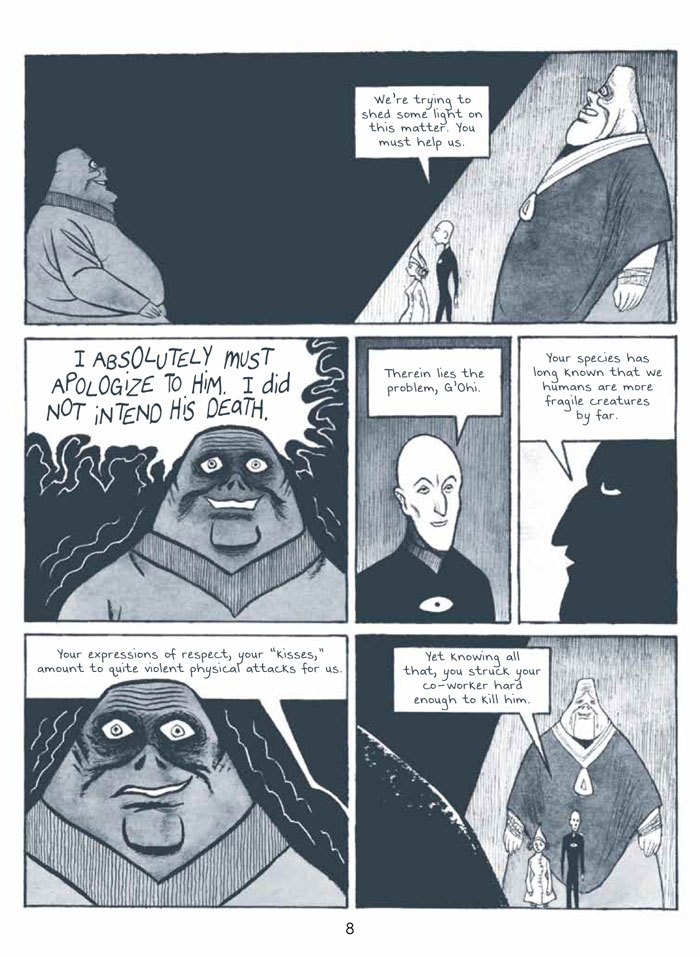
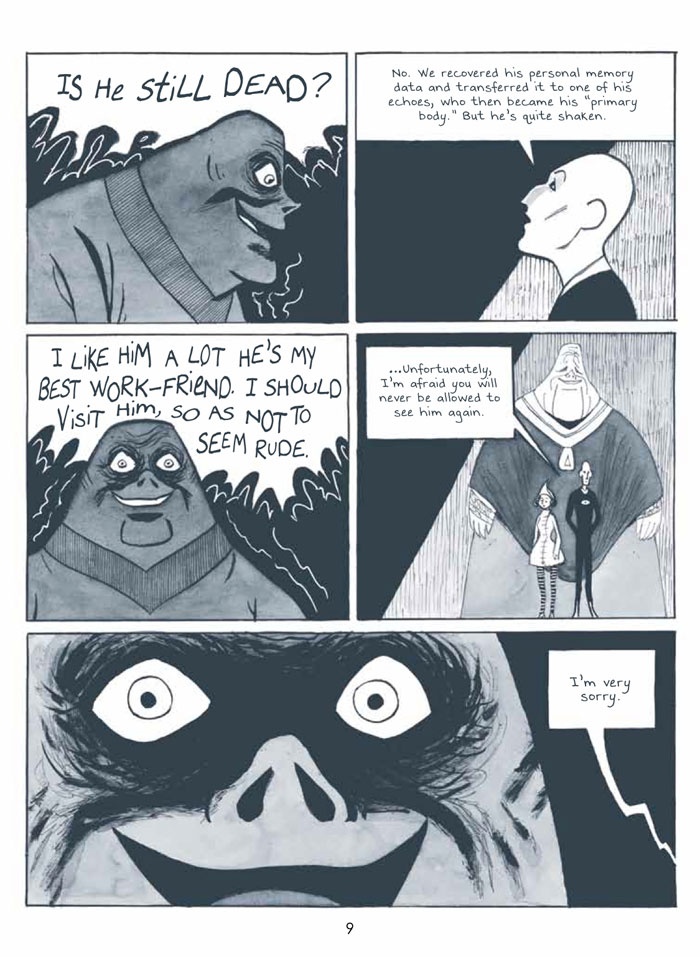
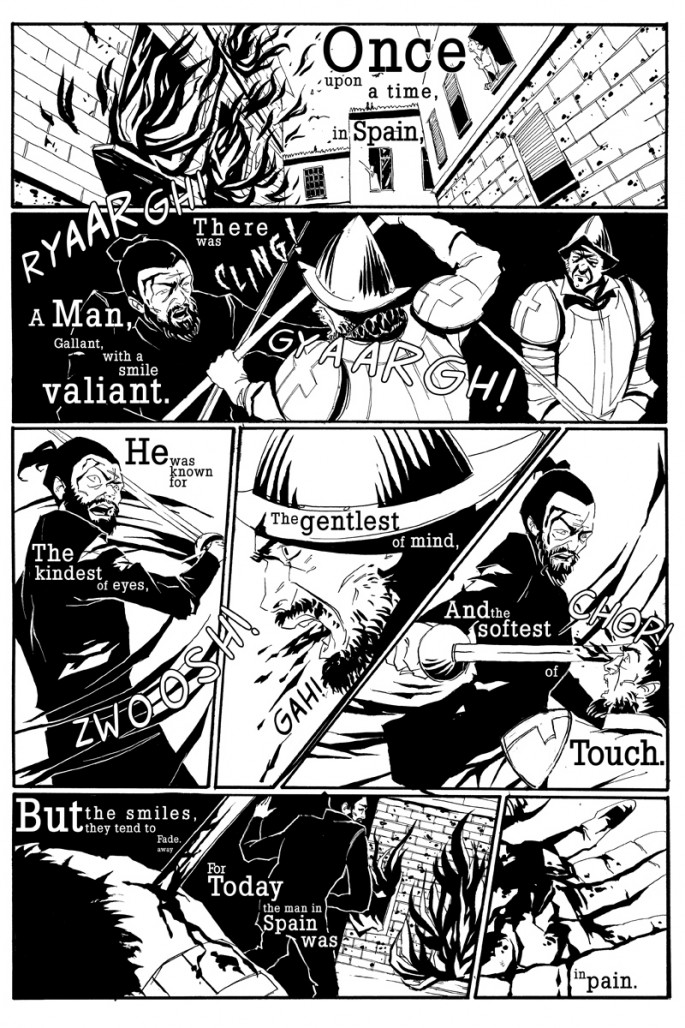
Usually when you find a web comic it doesn’t have the vision and scope of Run Freak Run. I can’t recall when I found it – only that I did. Run Freak Run’s visuals were what initially drew me in with its great use of ink. Even more incredible was that in this digital age Run Freak Run’s pages are all made with paper and ink. After admiring the art, then like most web comic discoveries, you click on that link that says “New Readers Start Here!” That’s when I became hooked on the story and even it’s interesting use of lettering and type placement.
Run Freak Run is a dark fantasy set in 17th century Spain where supernatural beings live amongst the land. By orders of the Queen all of these freaks are to be hunted down by inquisitors to be judged,and punished by the Holy Inquisition. One such Inquisitor, Two, is a young woman that was raised in the monastery and has superhuman strength, a crazy chain whip and a mission to hunt these freaks. Two begins to have issues with this as not only is she a tool of the Holy Inquisition – she’s a freak.
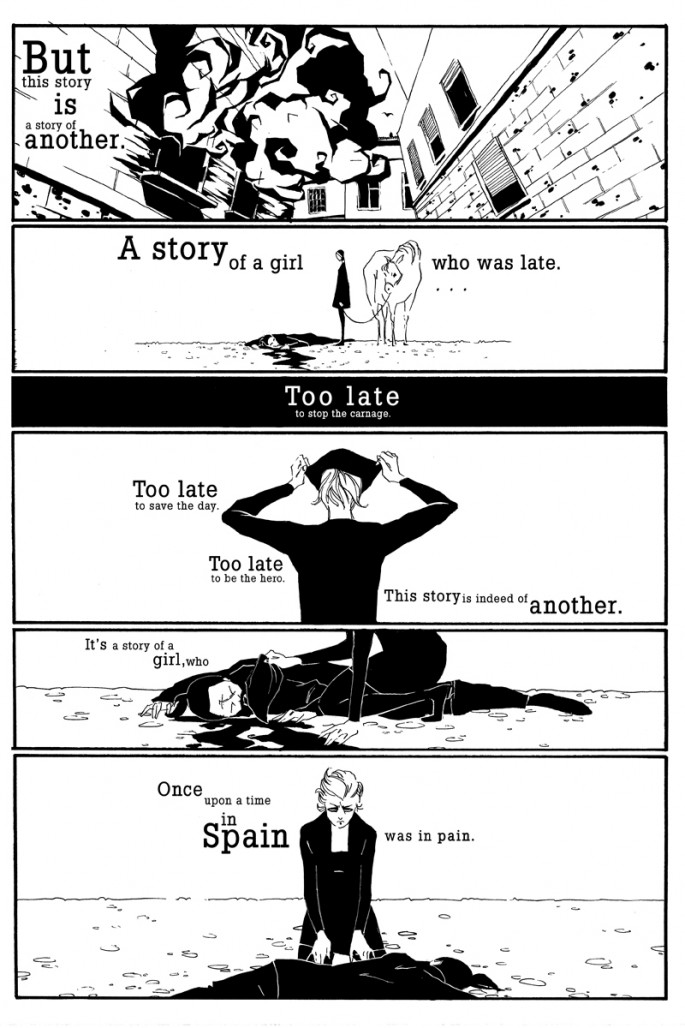
If looking at some of the pages doesn’t turn you on to checking out Run Freak Run, then maybe reading about the creators’ passion for the project will. Creators Silver Saaremaeel and Kaija Rudkiewicz work in the video game industry and are based in Berlin, Germany. Writer Silver answered a few questions to help fill in what drives the team.
Victor: I don’t remember when I started following RFR. I simply know it’s one of only five web comics I actively read. And it’s the only one with such a large vision. Where does the passion come from?
Silver: Our first inspiration, the real reason to start RFR was because we had a day job. We both work in the games industry, and while it’s great fun and challenging, it’s also very rigid because you can have up to 200 people in your team, and everything you do is a dependency to others. Everything’s under fairly tight deadlines with the sole intention of getting the game out, and hence creative expression is a risk for production, and very frustrating to manage with that many people. :)
But nevertheless, we still had that creative spark inside us and a will to tell our stories, exactly the way wanted, without compromises, and to be as experimental as we wanted.
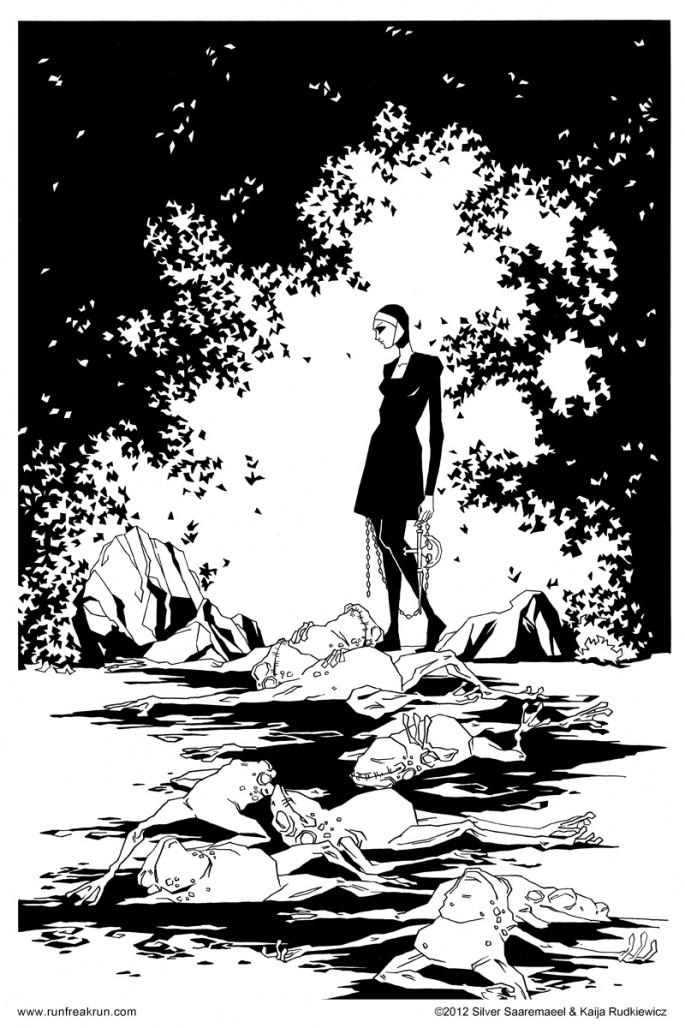
Victor: There’s definitely some strong work being put in yet how do you balance that with your day job?
Silver: Well, the most useful skill we’ve learned from games industry is production skills: we can plan, schedule and keep to the deadlines. We split the work so Kaija only draws and inks, while Silver writes the script, edits, does the advertising, and website adminstration. We split blogging as evenly as we can! But if there’s any secret sauces to all of this, it’s that we have practically zero social life – it’s cruel, but if we want to create stuff, then we really need to just sit down and work on it. :)
Victor: Initially I was drawn in by Kaija’s work. There’s just something about clean lines and dark ink. Then there was imagery. That’s when I started to slowly make my way through the story and the pacing of it all. Where does that come from?
Silver: The reason Kaija decided to illustrate the comic in inks was because she too was painting digitally 8 hours a day already at work, and needed a little creative change. It’s pretty much every digital artists dream to learn a traditional tool, but you can rarely justify the act in the industry financially, since especially concept art industry is all about speed and flexibility – exactly the opposite of inks. :)
The look and feel of Run Freak Run comes from a variety of places, but we do enjoy a number of things that could be said to be dark and macabre, particularly the photography in avant garde fashion industry and old fairytales and mythology. It’s really hard to pinpoint inspirations because there are so many of them, and they all come to play in different places when you most need them.
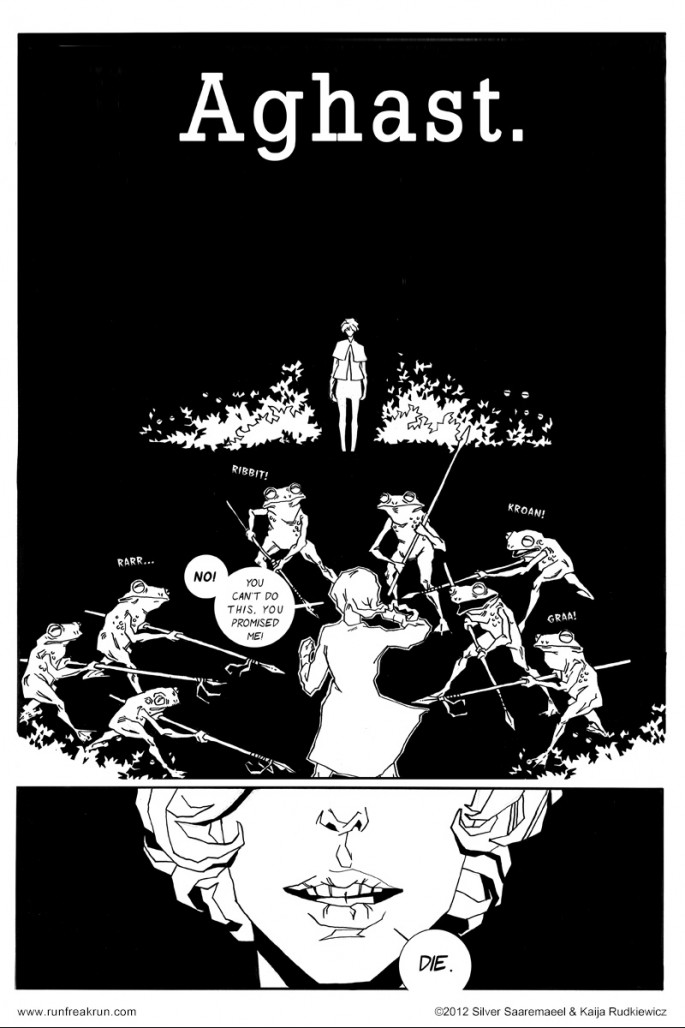
Victor: I feel like it’s the comic equivalent of that indie import fantasy movie one discovers on Netflix. Luckily there were a lot of issues for me to read in one nice chunk. What’s next for you?
Silver: Since the script for Run Freak Run was finished months ago, most of my (Silver here, halou!) focus has been on our next work – Daughters of the Witch Queen. Kaija has found a nice balance of doing 2-3 mornings a week (we do our projects in the morning, before the dayjob) of Run Freak Run, and rest of the week she’ll commit to Daughters of the Witch Queen too.We both write and illustrate it equally.
We noticed that we really liked creating deep, long stories with RFR, but since we can only keep up with 1 page a week, it’s a little frustrating – not just for us but to our readers too. And in our newest project we’re shifting things around a little. We’re making the text the focus, and also illustrate and concept as many characters, monsters, locations and magic as we can on the side. This way, we should be able to provide about 5-7 hours of content with a bunch of art work every year, compared to 2 hours of Run Freak Run during three years. Hopefully this will be a win-win to both us and our readers. :)
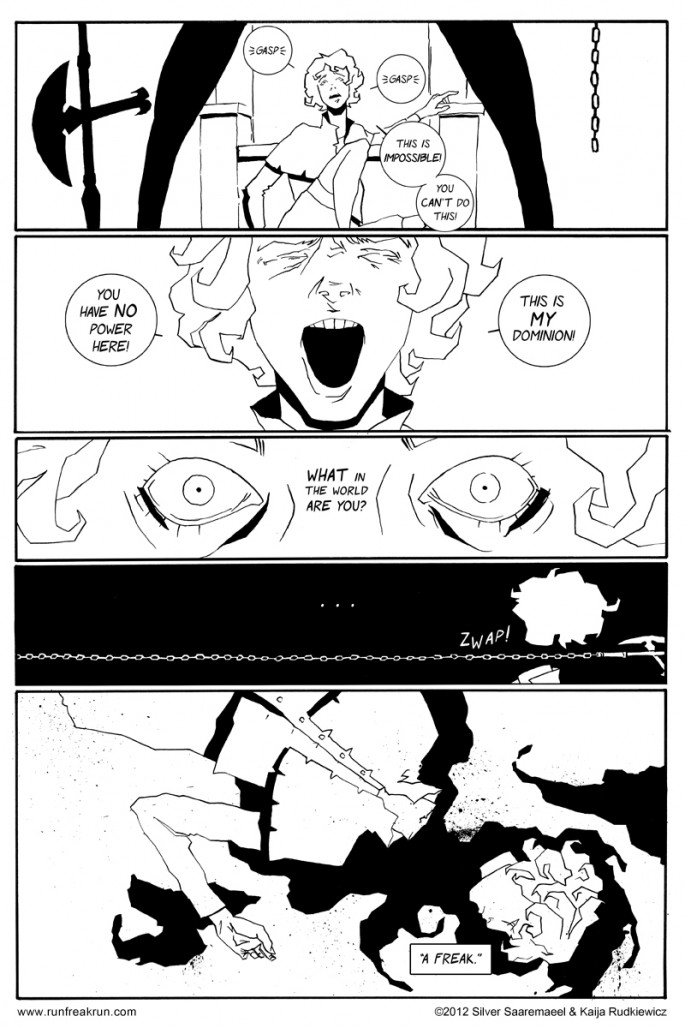





















If you like this art check out Josh Bayers work. It’s quit good and very punk rock.
#hexo66